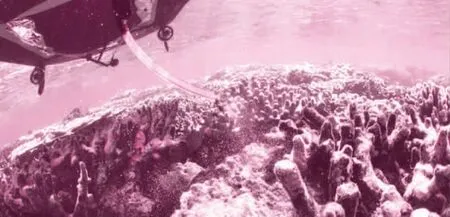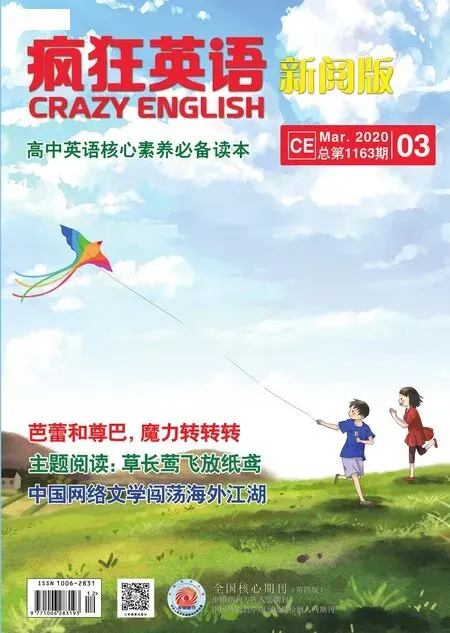Robots deliver coral babies to save reefs

题材文章词数环保与科技386 难度 ★★★体裁建议用时说明文7 min
难词探意
1. deliver /dɪ'lɪvə(r)/ v. 运送;递送
2. coral bleaching 珊瑚漂白
3. release /rɪ'liːs/ v. 排放;释出
There's new hope for corals in areas of the Great Barrier Reef damaged by warmer waters caused by climate change. Experts are using robots and clever methods todelivermillions of new baby corals. In recent years, coral reefs around the world have been damaged by rising ocean temperatures caused by global heating. This is often called “coral bleaching” because huge areas of corals can turn white as they die.
Scientists in Australia are working on a new way of restoring damaged reefs. Their system uses underwater robots and robotic boats to deliver millions of tough coral babies onto damaged reefs. Corals reproduce byreleasingeggs and sperm into the water. Eggs and sperm combine to become baby corals, and some would settle back on the coral reef and grow there,while others would be washed to other areas to start new coral colonies.
Professor Peter Harrison of Southern Cross University came up with an idea to collect eggs and sperm from healthy corals that have survived in higher temperatures. The coral babies need about seven days to develop before they can be spread onto damaged reefs, so Professor Harrison created floating “nurseries”,preventing them from being washed away.

The problem of how to get all these coral babies onto the damaged reefs is where robotics expert Matthew Dunbabin comes in. Professor Dunbabin works at Queensland University of Technology. In 2015,he designed an underwater robot called “RangerBot”. “RangerBot” can track down and kill a certain kind of sea star that is damaging coral reefs.
Last year, Professor Matthew Dunbabin changed his“RangerBot”to“LarvalBot”, which can deliver coral babies directly onto the areas where they are most needed. This year, Professor Dunbabin has improved “LarvalBot” so that it can cover an area six times in size in just six hours. He's also created“LarvalBoat”—a robotic boat that can deliver more coral babies farther and faster.
Using bigger nurseries, two LarvalBots and one LarvalBoat, the team has collected and delivered millions of coral larvae to a far larger area of the threatened Great Barrier Reef. But Professor Harrison says that trying to restore coral reefs in this way is not enough to keep them safe. He says, “Urgent action on climate change is required to make sure they survive.”
Reading Check
1. What's the main idea of the text?
A. To introduce new scientific ways to protect coral reefs.
B. To promote an underwater robot called “RangerBot”.
C. To explain the way corals reproduce.
D. To argue about the best way used to produce coral reefs.
2. What's the idea put forward by Professor Peter Harrison?
A. Collecting eggs from healthy corals and creating floating “nurseries”.
B. Shortening the growth time of the coral babies.
C. Using underwater robots and robotic boats.
D. Preventing coral reefs from being washed away.
3. What's the advantage of LarvalBoat?
A. Covering an area six times in size in just six hours.
B. Delivering more coral babies farther and faster.
C. Killing a certain kind of sea star.
D. Releasing more coral eggs.
Language Study
Difficult sentence
Last year, Professor Matthew Dunbabin changed his RangerBot to “LarvalBot”, which can deliver coral babies directly onto the areas where they are most needed.
【翻译】__________________________________________________________________________________
【点石成金】本句中,which can deliver coral babies directly onto the areas where they are most needed包含两个定语从句。 which引导非限制性定语从句,先行词为“LarvalBot”;where引导第二个定语从句,先行词是areas。
——艺术体裁的修辞研究》评介

